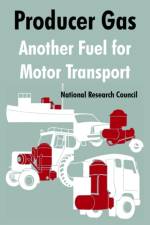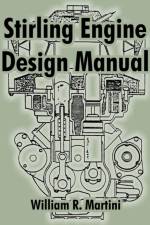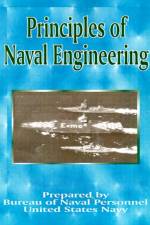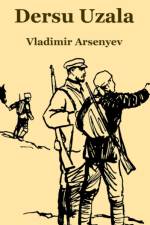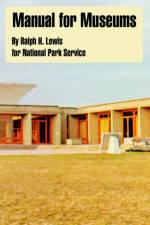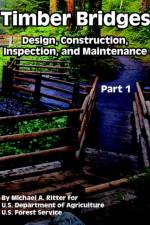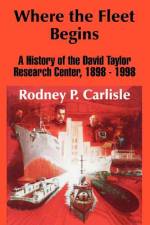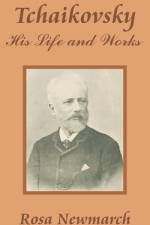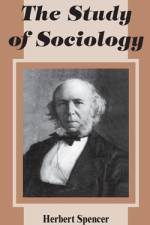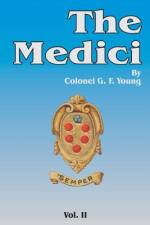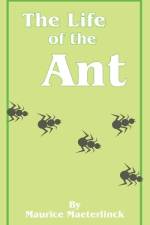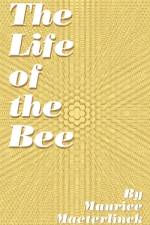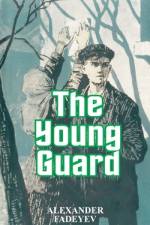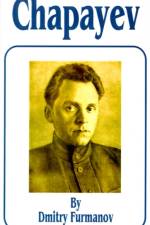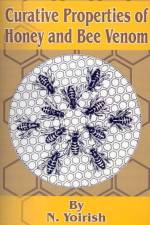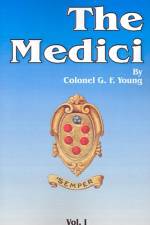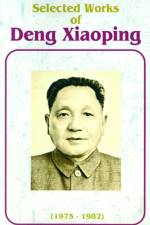av James Matthew Barrie
249
In the real room is a bed, though that is putting the matter too briefly. The fairway to begin, if you love Mrs. Dowey, is to say to her that it is a pity she has no bed.If she is in her best form she will chuckle, and agree that the want of a bed tries hersore; she will keep you on the hooks, so to speak, as long as she can; and then, withthat mouse-like movement again, she will suddenly spring the bed on you. Youthought it was a wardrobe, but she brings it down from the wall; and lo, a bed.There is nothing else in her abode (which we now see to contain four rooms-kitchen, pantry, bedroom, and bathroom) that is absolutely a surprise; but it is fullof 'bits, ' every one of which has been paid ready money for, and gloated over andtended until it has become part of its owner. Genuine Doweys, the dealers mightcall them, though there is probably nothing in the place except the bed that wouldfetch half-a-crown.Her home is in the basement, so that the view is restricted to the lower half ofpersons passing overhead beyond the area stairs. Here at the window Mrs. Doweysometimes sits of a summer evening gazing, not sentimentally at a flower-potwhich contains one poor bulb, nor yearningly at some tiny speck of sky, but withunholy relish at holes in stockings, and the like, which are revealed to her from herpoint of vantage. You, gentle reader, may flaunt by, thinking that your finery awesthe street, but Mrs. Dowey can tell (and does) that your soles are in need of neatrepair.Also, lower parts being as expressive as the face to those whose view is thuslimited, she could swear to scores of the passers-by in a court of law.These four lively old codgers are having a good time at the tea-table, and wit isflowing free. As you can see by their everyday garments, and by their pails andmops (which are having a little tea-party by themselves in the corner), it is not agathering by invitations stretching away into yesterday, it is a purely informal affair;so much more attractive, don't you think? than banquets elaborately prearranged.You know how they come about, especially in war-time. Very likely Mrs. Dowey metMrs. Twymley and Mrs. Mickleham quite casually in the street, and meant to do nomore than the time of day; then, naturally enough, the word camouflage wasmentioned, and they got heated, but in the end Mrs. Twymley apologised; then, inthe odd way in which one thing leads to another, the winkle man appeared, andMrs. Dowey remembered that she had that pot of jam and that Mrs. Mickleham hadstood treat last time; and soon they were all three descending the area stairs, followed cringingly by the Haggerty Woma

